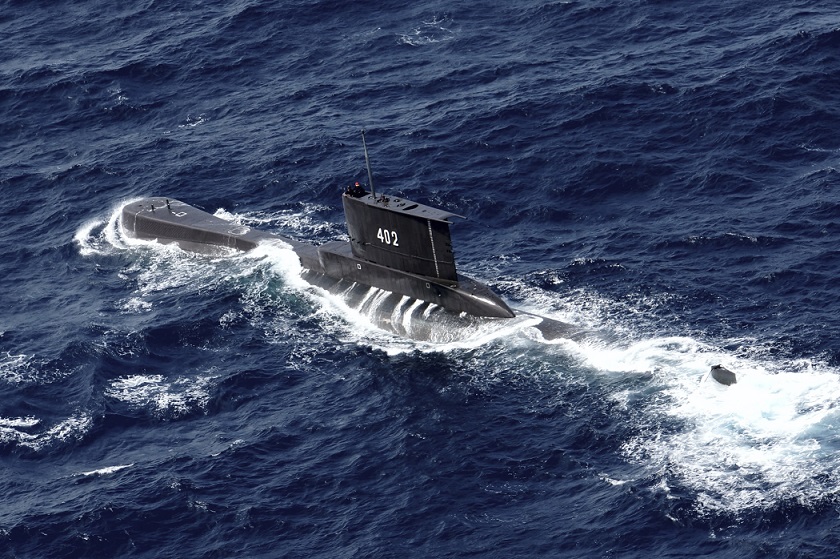Titanium-Aluminum-Niobium-Zirconium-Molybdenum Alloy for Submersible Shell

Titanium-Aluminum-Niobium-Zirconium-Molybdenum Alloy for Submersible Shell
Compared with titanium alloys, titanium-aluminum-niobium-zirconium-molybdenum alloys are more suitable for producing deep submersible shells with high comprehensive performance. This is mainly due to its superior welding performance, impact toughness, fracture toughness, and corrosion resistance. In this article, let's take a closer look at the titanium-aluminum-niobium-zirconium-molybdenum alloy for submersible shells.

Titanium-Aluminum-Niobium-Zirconium-Molybdenum Alloy for Submersible Shell
Since the submersible shell has been in a special environment of high humidity and high salt for a long time, it should have good pressure resistance and welding performance, so that the prepared product can have a longer service life. Titanium alloys are often used to produce high-quality marine engineering materials because of their high strength, good corrosion resistance, non-magnetism, strong shock and vibration resistance, and excellent workability.
However, the traditional titanium alloy metallurgical process has a long cycle and high energy consumption, resulting in high product prices. In addition, products prepared by this method are prone to segregation and coarse structure.
Aiming at the above shortcomings, the titanium-aluminum-niobium-zirconium-molybdenum alloy with uniform composition, high density, high strength, and high plasticity is more suitable for the manufacture of stressed members, pressure, and corrosion-resistant shells, and piping systems for ships and submersibles.
Preparation Method of Titanium-Aluminum-Niobium-Zirconium-Molybdenum Alloy
First, weigh and mix Ti, Al, Nb, Zr, and Mo metal powders according to a certain ratio, and obtain the mixed powders after intermittent dry ball milling with a ball mill. Then the obtained mixed powder is put into a graphite mold, pre-pressed, and then put into a spark plasma sintering furnace. Under the condition of a vacuum degree of 2-8Pa, apply an axial pressure of 10-50MPa for sintering, heat it to 1000-1150°C in a multi-stage heating method, and then keep it for 3-8min. Then it is cooled to room temperature and demoulded to obtain titanium aluminum niobium zirconium molybdenum alloy material.
Compared with traditional production technology, this method has better promotion value because of its simple operation, short time-consuming, energy-saving, and environmental protection.
Conclusion
Thank you for reading our article, and we hope it can help you have a better understanding of the titanium-aluminum-niobium-zirconium-molybdenum alloy for submersible shells. If you want to learn more about refractory metals and alloys, we would like to advise you to visit Advanced Refractory Metals (ARM) for more information.
Headquartered in Lake Forest, California, USA, Advanced Refractory Metals (ARM) is a leading manufacturer & supplier of refractory metals & alloys across the world. It provides customers with high-quality refractory metals & alloys such as tungsten, molybdenum, tantalum, rhenium, titanium, and zirconium at a very competitive price.
{{item.content}}
LEVE A REPLY
{{item.children[0].content}}
{{item.content}}






